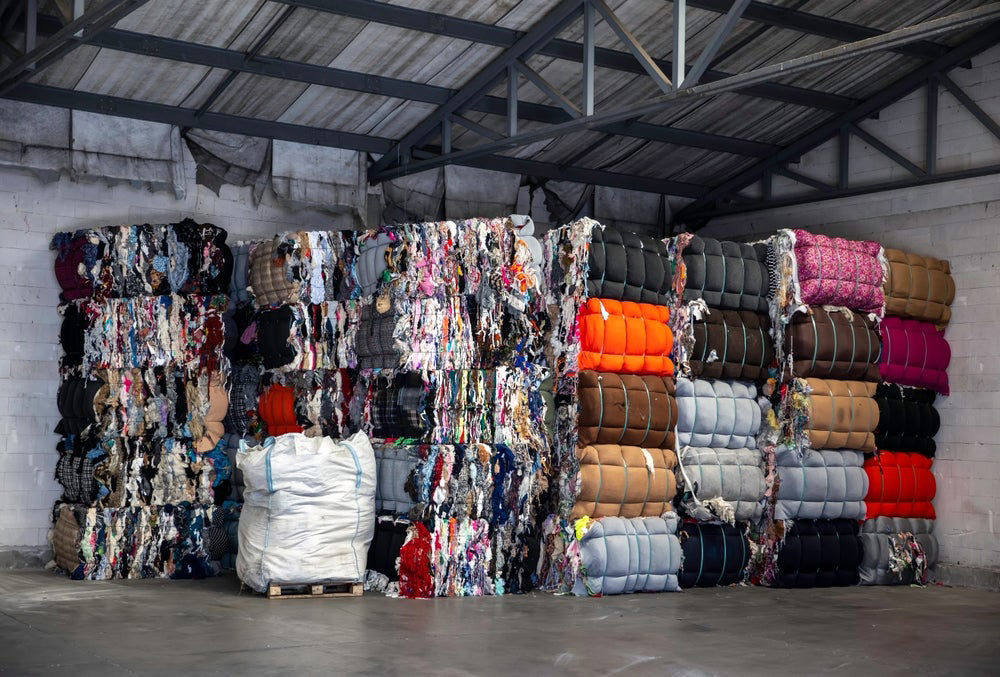
In today’s world, the need for sustainable practices has never been more urgent. One area that requires attention is textile recycling. As the textile industry continues to grow, the environmental impact becomes increasingly significant. Fortunately, initiatives like textile recycling are offering solutions to reduce waste and conserve resources. Green City Recycler, a leader in eco-friendly waste management, is dedicated to helping communities reduce their environmental footprint by embracing textile recycling practices.
Textile recycling is the process of recovering used textiles and converting them into new products. This practice not only helps conserve resources but also reduces the environmental impact caused by the disposal of clothing and fabric waste. Traditional methods of dealing with textile waste, such as landfilling and incineration, contribute significantly to pollution and the depletion of natural resources. By recycling textiles, we can reduce the burden on landfills and ensure that valuable resources, such as fibers and fabrics, are repurposed for new products, saving energy and water in the process.
The Environmental Impact of Textile Waste
The textile industry is one of the largest contributors to pollution worldwide. According to the Environmental Protection Agency (EPA), textiles make up a significant portion of the total waste generated annually. In fact, millions of tons of clothing and fabric waste end up in landfills each year, where they can take decades to decompose. Not only does this waste contribute to landfills, but it also leads to the release of harmful chemicals and microplastics into the environment.
Recycling textiles significantly reduces this negative impact. By collecting and processing used clothing and fabric, we prevent these materials from ending up in landfills, where they contribute to greenhouse gas emissions and environmental degradation. Moreover, textile recycling reduces the need for new raw materials, which helps conserve water, energy, and other natural resources.
How Does Textile Recycling Work?
The process of textile recycling begins with the collection of used textiles. These can be sourced from a variety of places, such as clothing donations, household waste, and even commercial waste. Once collected, the textiles are sorted according to type and quality. Some textiles are suitable for reuse, while others may need to be broken down into fibers for repurposing.
There are two primary methods for recycling textiles: mechanical and chemical. Mechanical recycling involves breaking down the textile fibers and using them to create new products, such as insulation material, cleaning cloths, or even new garments. Chemical recycling, on the other hand, involves breaking down the fibers at a molecular level and converting them into new, high-quality fibers that can be spun into new fabrics.
Benefits of Textile Recycling
-
Reducing Waste and Pollution: One of the most significant benefits of textile recycling is its ability to reduce waste and pollution. By diverting textiles from landfills, we minimize the harmful effects of textile waste on the environment.
-
Conserving Resources: Textile recycling reduces the need for raw materials, such as cotton, wool, and synthetic fibers. This leads to a decrease in the amount of water, energy, and chemicals required to produce new textiles, making the process more environmentally friendly.
-
Creating Jobs: The textile recycling industry provides jobs in sorting, processing, and repurposing used fabrics. By supporting textile recycling programs, we create opportunities for economic growth while also protecting the environment.
-
Supporting a Circular Economy: Textile recycling is a key component of the circular economy. Rather than following a linear path where materials are used and then discarded, recycling allows textiles to be reused, refurbished, or repurposed for new products, creating a sustainable, closed-loop system.
-
Decreasing Carbon Footprint: Recycling textiles helps reduce the overall carbon footprint of the textile industry. By reusing and repurposing textiles, we reduce the need for new production, which in turn reduces the associated emissions from manufacturing, transportation, and energy use.
Why Choose Green City Recycler for Textile Recycling
Green City Recycler is a company that understands the importance of sustainable practices. With a commitment to reducing waste and promoting eco-friendly solutions, they are at the forefront of textile recycling initiatives. By partnering with Green City Recycler, communities and businesses alike can take proactive steps to reduce their textile waste and contribute to a greener future.
The company’s recycling programs are designed to be simple and effective, making it easy for individuals and organizations to recycle their textiles. Green City Recycler ensures that all collected textiles are processed responsibly and are either repurposed or sent to facilities where they can be recycled into new products.
Moreover, Green City Recycler’s expertise in waste management and recycling ensures that they meet the highest environmental standards. Their dedication to sustainability extends beyond textile recycling, encompassing all aspects of waste management to promote a more sustainable future for generations to come.
Conclusion
As we move toward a more sustainable future, it’s essential to embrace practices like textile recycling to reduce our environmental impact. Green City Recycler is a leading company in the field, offering efficient and responsible textile recycling services. By choosing to recycle textiles, we can conserve resources, reduce pollution, and contribute to a circular economy. Let’s work together to ensure that our future is greener and more sustainable by supporting initiatives like those offered by Green City Recycler.




Leave a Reply